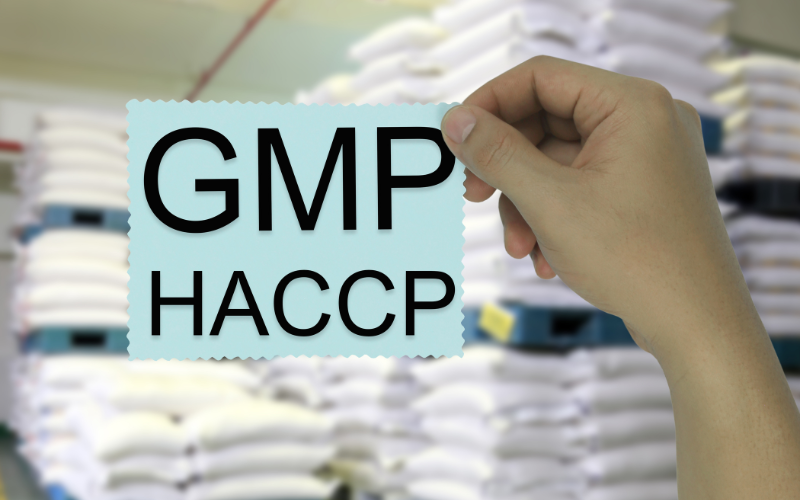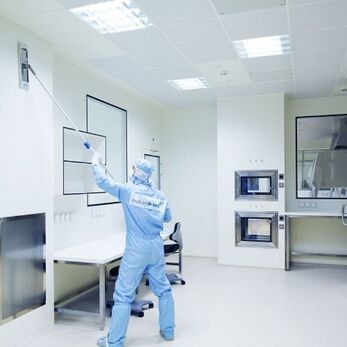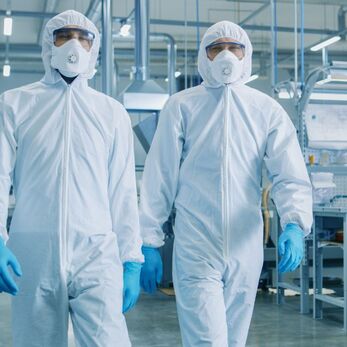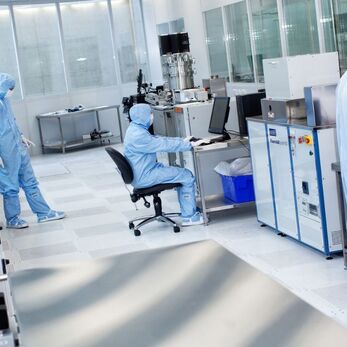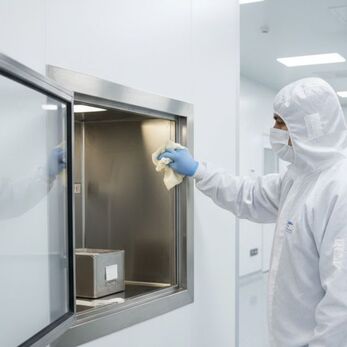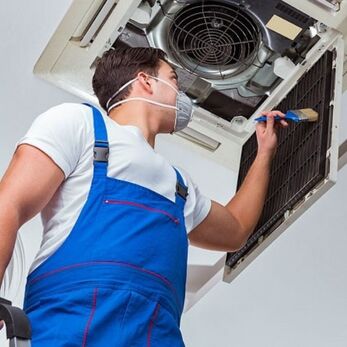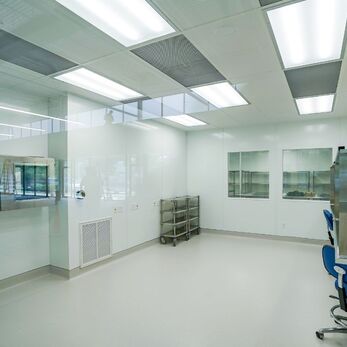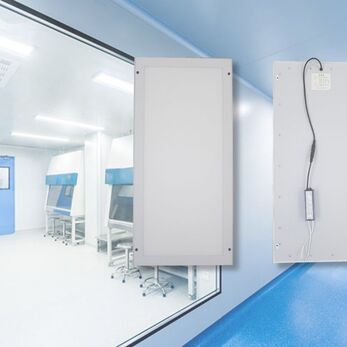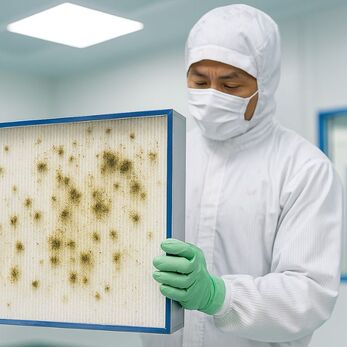GMP HACCP and SSOP | The relationship between GMP HACCP and SSOP
GMP, HACCP, and SSOP all aim for the common goal of food safety and consumer health protection.
So, what are GMP, HACCP, and SSOP? What are the similarities and differences between these standards? Let's explore in this following article with VCR.
What are GMP, HACCP and SSOP?
What is GMP?
GMP (or Good Manufacturing Practices) is a system ensuring products are manufactured and monitored according to quality standards. These quality standards are created by agencies authorizing and licensing the manufacture of pharmaceutical products, food and beverage, cosmetics, dietary supplements, and so on.
What is HACCP?
HACCP, is short for Hazard Analysis and Critical Control Points.
HACCP prioritizes prevention over reaction to hazards. It's a prominent system in food manufacturing and serves as the foundation for esteemed standards like the Global Food Safety Initiatives, which include SQF, BRCGS, and FSSC 22000 certifications.
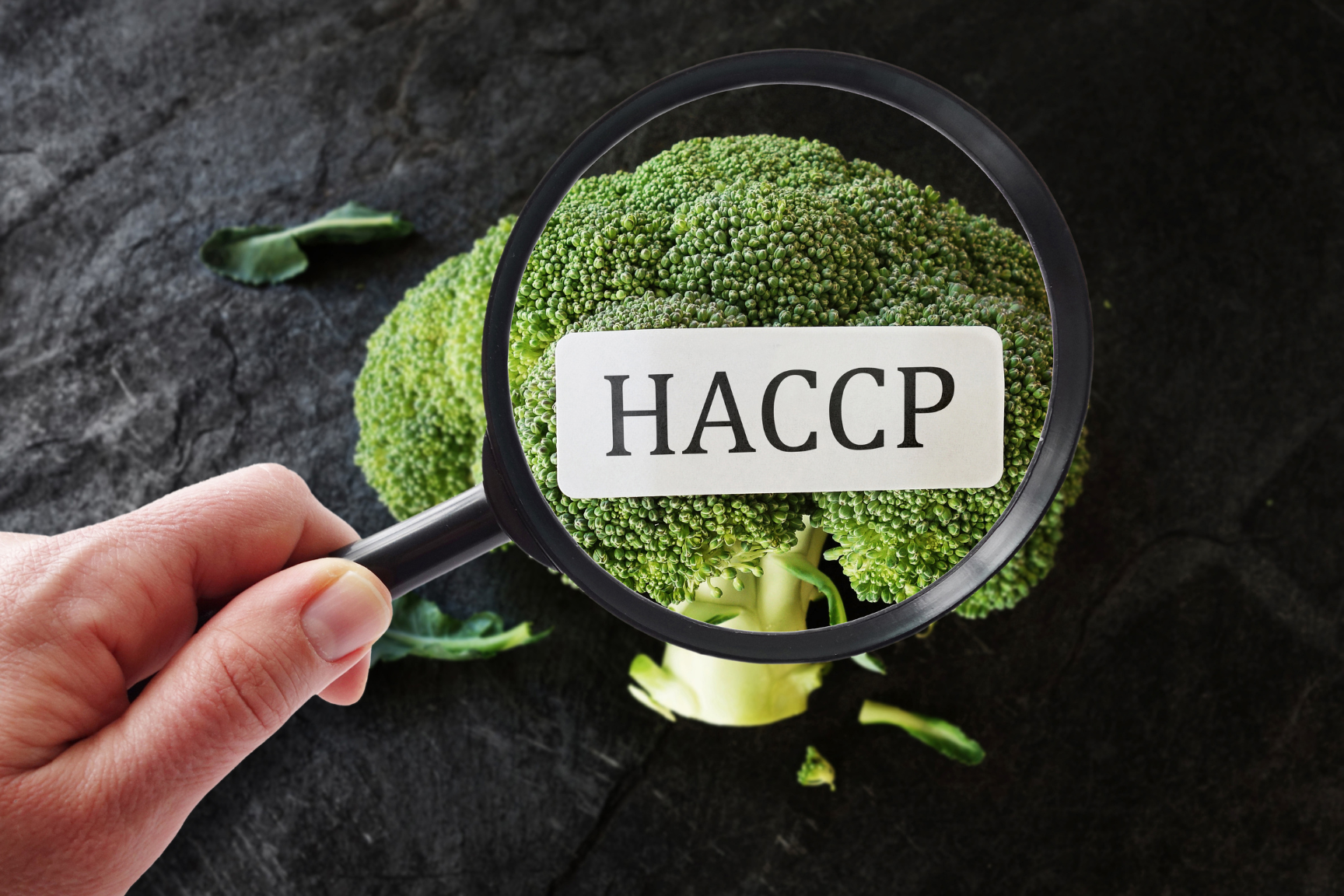
HACCP serves as a globally recognized tool for managing food safety risks in the manufacturing process. Through HACCP, businesses can proactively address issues and mitigate factors that may compromise food safety, thereby ensuring the delivery of genuinely safe and wholesome products to consumers.
What is SSOP?
SSOP (Sanitation Standard Operating Procedures) are procedures and protocols for maintaining sanitation, or in other words, standard sanitation operating procedures. It is also referred to as GHP (Good Hygiene Practices).
SSOP is one of the mandatory standards that enterprises must implement and is related to GMP and HACCP. SSOP and GMP help control CP (Critical Points) even in the absence of HACCP standards.
Key Contents of GMP, HACCP, and SSOP
GMP
The content of the GMP standard includes standards for all elements within a GMP facility, including: organization of personnel, production facilities, machinery and equipment, documentation, production, quality control, complaints and product recalls, and self-inspection.
There are 5 important components as follows:
- People
- Products
- Processes
- Premises
- Procedures
HACCP
HACCP is a systematic approach to the identification, evaluation, and control of food safety hazards based on the following seven principles:
Principle 1: Conduct a hazard analysis.
Principle 2: Determine the critical control points (CCP).
Principle 3: Establish critical limits.
Principle 4: Establish monitoring procedures.
Principle 5: Establish corrective actions.
Principle 6: Establish verification procedures.
Principle 7: Establish record-keeping and documentation procedures.

SSOP
The system of fields that need to be built according to SSOP standards includes:
SSOP 1: Safety of water sources.
SSOP 2: Safety of ice.
SSOP 3: Product contact surfaces.
SSOP 4: Prevent cross-contamination.
SSOP 5: Personal hygiene.
SSOP 6: Protect product from contamination.
SSOP 7: Use and storage of chemicals.
SSOP 8: Health of workers.
SSOP 9: Pest control.
SSOP 10: Waste.
SSOP 11: Product recall.
The relationship between GMP HACCP and SSOP
GMP and HACCP both have a direct relationship with the production process, especially throughout the product supply chain. So, how are GMP and HACCP related?
HACCP focuses on food safety and consumer health. In contrast, GMP standards aim to ensure quality during the production process and in the final product. Although the two standards have different objectives, they support each other. GMP is one of the two prerequisite programs that businesses, individuals, and organizations involved in food production and processing must implement before deploying the HACCP program.
Besides GMP standards, companies also need to implement the SSOP (Sanitation Standard Operating Procedures), which are sanitation procedures and hygiene control protocols. Both of these standards support the effective implementation of HACCP, helping to minimize the likelihood of hazards in the production process.

The Significance of GMP and HACCP
When businesses simultaneously apply GMP and HACCP, they demonstrate significant benefits across various aspects and to different stakeholders. Consumers will have access to and use products that are safe and of high quality. On the other hand, the benefits businesses gain include:
- Reducing costs and the risk of product recalls
- Enhancing the company's reputation and strengthening customer trust
- Raising awareness among production staff
- Creating a professional working environment
- Minimizing the occurrence of products adversely affecting consumer health, leading to the need for compensation
- Increasing opportunities to expand into international markets
Authorities also benefit by being able to manage food supplies in the market more systematically and effectively.
In summary, GMP, HACCP and SSOP control all factors related to food safety and hygiene quality throughout the entire process—before, during, and after production and processing. These are standards that businesses need to adhere to and implement.


